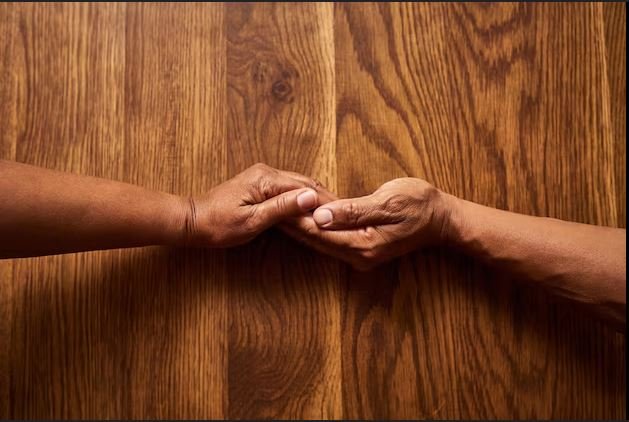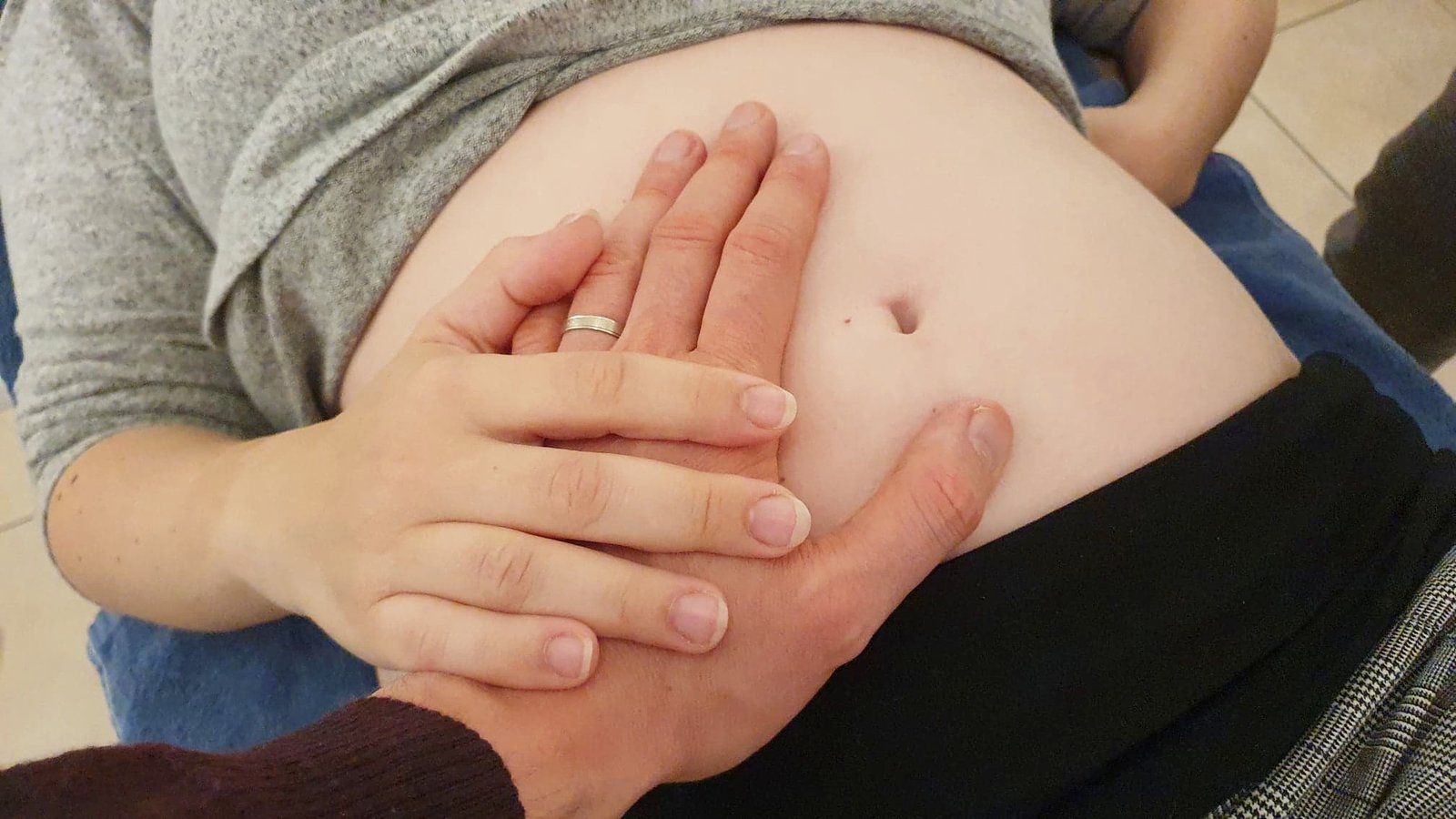Haptonomie, a therapeutic approach developed by Frans Veldman, utilizes affective touch and emotional connection to support overall well-being. Numerous case studies highlight its effectiveness in various settings, demonstrating its benefits for physical health, emotional support, and overall quality of life. This post presents success stories showcasing how Haptonomie has made a positive impact in different contexts.

Success Story 1: Enhanced Recovery for an Athlete
Background:
A professional athlete faced significant recovery challenges after a major injury. Traditional rehabilitation methods provided limited relief, leaving the athlete frustrated and struggling to return to peak performance.
Application of Haptonomie:
The athlete incorporated Haptonomie into their recovery routine, focusing on gentle, therapeutic touch and emotional support. A certified Haptonomie practitioner worked with the athlete to alleviate muscle tension, reduce pain, and enhance emotional resilience.
Results:
Faster Recovery: The athlete experienced a noticeable reduction in muscle tension and pain. Enhanced circulation and relaxation contributed to a quicker recovery process.
Improved Performance: With emotional support and positive reinforcement, the athlete regained confidence and motivation, returning to peak performance levels sooner than expected.
Enhanced Well-being: The athlete reported improved mental clarity and reduced stress, contributing to overall well-being and a positive outlook on their career.
Success Story 2: Emotional Support for Elderly Care
Background:
An elderly woman living in a care facility experienced feelings of loneliness and emotional distress. Despite receiving standard care, she struggled with isolation and a decline in her overall mood.
Application of Haptonomie:
Haptonomie was introduced to provide emotional support through regular, affective touch and empathetic interactions. Caregivers were trained in Haptonomie techniques to create a supportive environment and build a strong emotional connection with the elderly resident.
Results:
Reduced Loneliness: The woman experienced a significant reduction in feelings of isolation. The compassionate touch and emotional connection provided a sense of belonging and comfort.
Improved Mood: The elderly woman’s mood improved substantially, with increased participation in social activities and interactions with other residents.
Enhanced Emotional Well-being: The emotional support and positive interactions fostered a more positive outlook and improved overall quality of life.
Success Story 3: Pain Management for a Chronic Pain Patient
Background:
A patient suffering from chronic pain struggled to find effective relief through conventional treatments. The pain significantly impacted their daily life and emotional well-being.
Application of Haptonomie:
The patient integrated Haptonomie into their pain management routine, focusing on gentle touch and emotional support. Regular sessions with a Haptonomie practitioner included therapeutic touch and guided relaxation techniques.
Results:
Pain Reduction: The patient reported a significant decrease in pain levels. The therapeutic touch helped alleviate muscle tension and promote relaxation, providing substantial relief.
Improved Quality of Life: With reduced pain, the patient experienced an improvement in daily activities and overall quality of life.
Enhanced Emotional Support: The compassionate interactions provided emotional support, helping the patient manage stress and maintain a positive outlook.
Success Story 4: Support for a Pregnant Woman
Background:
A pregnant woman faced significant stress and discomfort during her pregnancy. She sought additional support to manage her emotional and physical well-being.
Application of Haptonomie:
Haptonomie was used to provide emotional support and physical comfort through gentle touch and empathetic interactions. The approach focused on reducing stress and promoting relaxation during pregnancy.
Results:
Reduced Stress: The pregnant woman experienced a noticeable reduction in stress levels. The supportive touch and emotional connection contributed to a more relaxed and positive pregnancy experience.
Enhanced Physical Comfort: The gentle touch techniques helped alleviate physical discomfort, such as back pain and muscle tension.
Improved Emotional Well-being: The emotional support provided a sense of security and well-being, contributing to a positive outlook on the pregnancy and upcoming childbirth.
Success Story 5: Rehabilitation for a Stroke Survivor
Background:
A stroke survivor faced challenges in rehabilitation, including limited mobility and emotional difficulties. Traditional therapies were providing slow progress, and the survivor needed additional support.
Application of Haptonomie:
The stroke survivor incorporated Haptonomie into their rehabilitation program, focusing on gentle touch, emotional support, and guided physical interactions. A Haptonomie practitioner worked closely with the survivor to enhance mobility and provide emotional reassurance.
Results:
Improved Mobility: The stroke survivor experienced increased mobility and flexibility. The supportive touch and guided physical interactions contributed to better physical recovery.
Enhanced Emotional Support: The emotional connection and positive reinforcement helped the survivor maintain motivation and resilience throughout the rehabilitation process.
Overall Progress: The combination of physical and emotional support led to significant improvements in overall recovery and quality of life.
Conclusion
These success stories highlight the positive impact of Haptonomie in various settings, from athletic recovery to elderly care and chronic pain management. By incorporating affective touch and emotional support, Haptonomie provides a holistic approach to enhancing well-being, supporting recovery, and improving quality of life. The effectiveness of Haptonomie in these case studies demonstrates its valuable role in addressing physical and emotional needs across different contexts.





Step into a world of detailed artistry. 2-Clicks features stunning collectible figurines & action figures with value insights.
From start to finish, this blog post had us hooked. The content was insightful, entertaining, and had us feeling grateful for all the amazing resources out there. Keep up the great work!